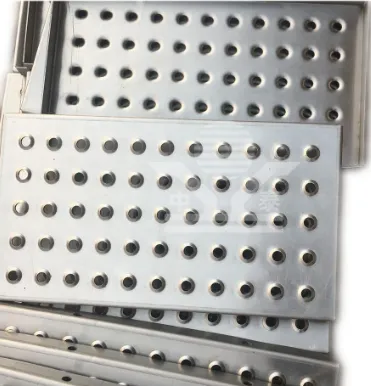Highway Noise Barriers A Solution to Urban Noise Pollution
Highway noise is an inevitable byproduct of modern transportation, and it poses significant challenges to urban living. Traffic on major roads generates a cacophony of sounds that can disrupt the peace of residential neighborhoods, affect property values, and even harm residents’ health. In response to these issues, many cities and governments have turned to highway noise barriers as an effective solution to mitigate noise pollution.
Noise barriers, often constructed of solid materials such as concrete, wood, or special acoustic panels, are designed to block, reflect, or absorb sound waves generated by vehicles. These structures can significantly reduce the impact of highway noise on nearby communities. Many studies have shown that properly designed and strategically placed barriers can decrease noise levels by 5 to 15 decibels, which is often sufficient to improve the living conditions for residents.
The design and effectiveness of a noise barrier depend on several factors, including its height, length, and the materials used. Taller barriers tend to block more sound, but they also need to be aesthetically pleasing and fit within the community's landscape. Landscaping, such as planting trees and shrubs in front of or behind the barriers, can enhance their effectiveness while improving the visual appeal of the area.
highway noise barrier

In addition to their primary function of noise reduction, highway noise barriers can serve multiple purposes. For example, they can act as safety measures, protecting pedestrians from traffic-related hazards. Some designs even incorporate features that enhance community engagement, such as murals or art installations. Moreover, barriers can include wildlife corridors to ensure that local ecosystems remain intact, allowing fauna to move safely across highways.
It’s important to note that while noise barriers can significantly mitigate the effects of highway noise, they are not a catch-all solution. Community involvement in the planning and design process is crucial to ensure that the needs and concerns of residents are addressed. Furthermore, ongoing maintenance is necessary to preserve the barriers' effectiveness and ensure they continue to meet environmental standards.
In conclusion, highway noise barriers play a vital role in creating livable urban spaces amidst the hustle and bustle of modern transportation. By investing in effective noise mitigation strategies, cities can enhance the quality of life for their residents, making urban environments more enjoyable and sustainable.
-
Why Galvanized Trench Cover Steel Grating Resists Corrosion
NewsJul.10,2025
-
The Versatility and Strength of Stainless Expanded Metal Mesh
NewsJul.10,2025
-
Load Calculations in Steel Grating Platforms
NewsJul.10,2025
-
Keeping Pets and Kids Safe with Chicken Wire Deck Railing
NewsJul.10,2025
-
Hole Diameter and Pitch for Round Perforated Metal Sheets
NewsJul.10,2025
-
Aluminium Diamond Mesh in Modern Architecture
NewsJul.10,2025
Subscribe now!
Stay up to date with the latest on Fry Steeland industry news.

